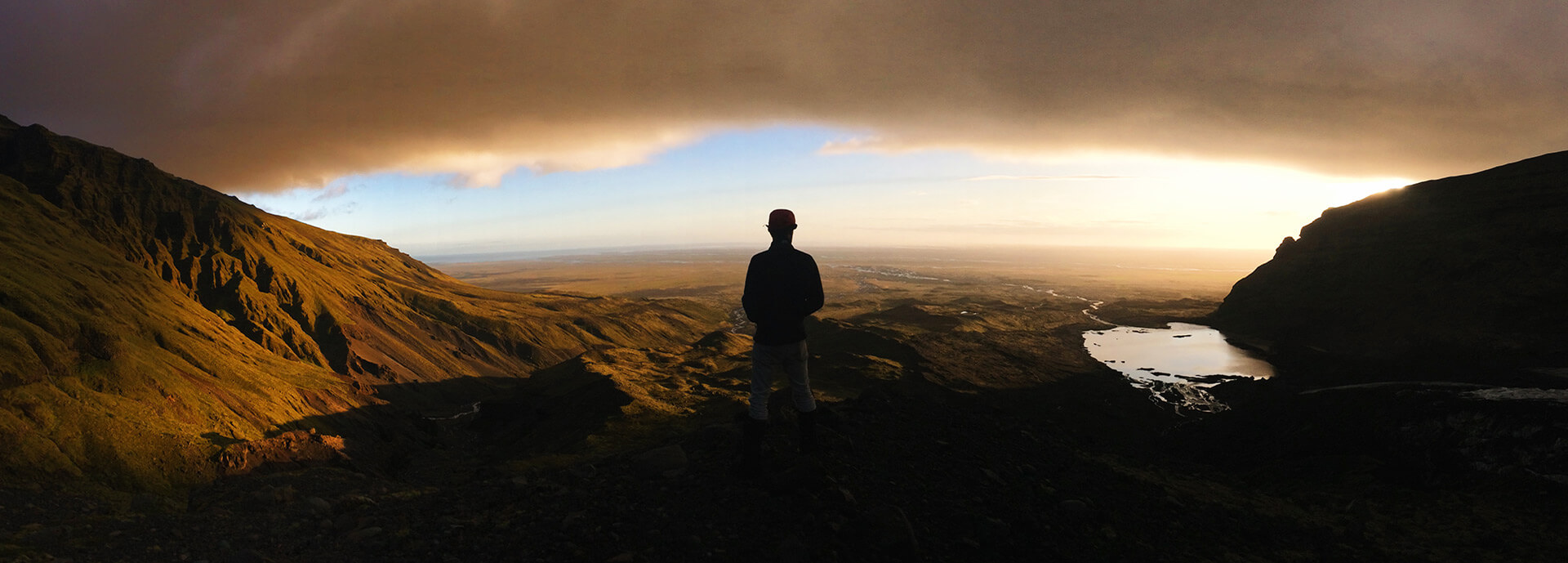US National Science Foundation. Threatened science and heritage in Greenland: Response and capacity building (RESPONSE).
Australian Research Council. An archaeological investigation into the collapse of Pollonnaruva, Sri Lanka.
ANR - France. Monsoon, climate anomalies and social dynamics in medieval India.
British Academy / GCRF. Reducing Disaster Risk to Life and Livelihoods by Evaluating the Seismic Performance of Retrofitted Interventions within Kathmandu's UNESCO World Heritage Site during the 2015 Earthquake
AHRC / GCRF. Can we rebuild the Kasthamandap? Promoting post disaster excavations, salvage and subsurface protection protocols in Kathmandu.
NERC / UK Research Council. BRITICE-CHRONO - constraining the rate and style of marine-influenced ice sheet decay.
JPI Heritage Plus / AHRC. Cultural Landscape risk Identification, Management and Assessment.
EU H2020. Developing Optimal and Open Research Support for the Black Sea.
Heritage Lottery Fund. Soil legacies in the north-west Highlands.
Historic Environment Scotland. Conservation in a climate change(d) future.
Historic Environment Scotland. Long Term land-use, archaeological and Environmental changes in Holyrood Park, Edinburgh.
Marine Scotland / Scottish Government. Blue Carbon in the Marine Ecosystem.
Royal Geographical Society (with IBG). Does lichenometry really work?
National Trust for Scotland Ben Lomond Environmental Study
De Beers Group. Shoreline change and storm erosion modelling in Southern Namibia.

